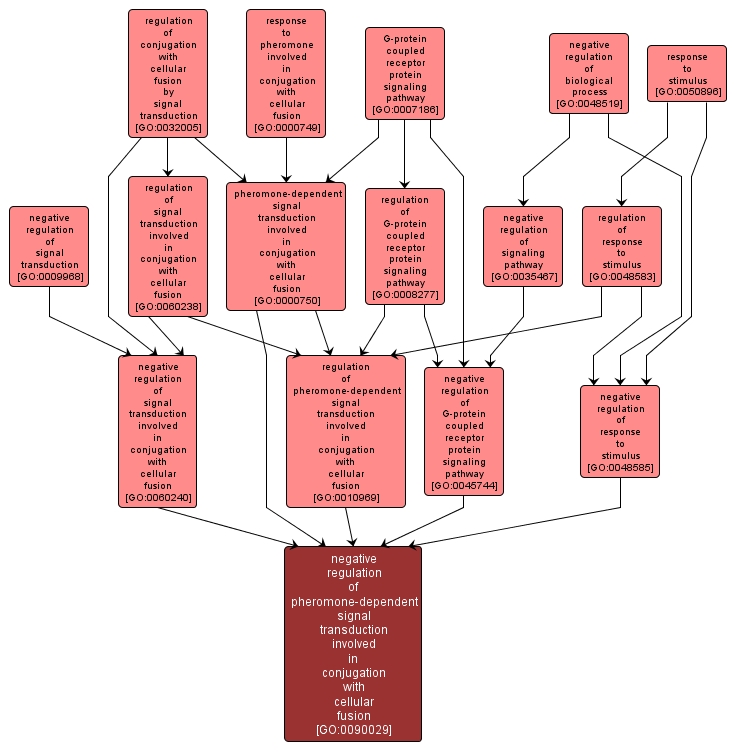| Desc: |
Any process that decreases the frequency, rate or extent of pheromone-dependent signal transduction during conjugation with cellular fusion, a signal transduction process resulting in the relay, amplification or dampening of a signal generated in response to pheromone exposure in organisms that undergo conjugation with cellular fusion. |














